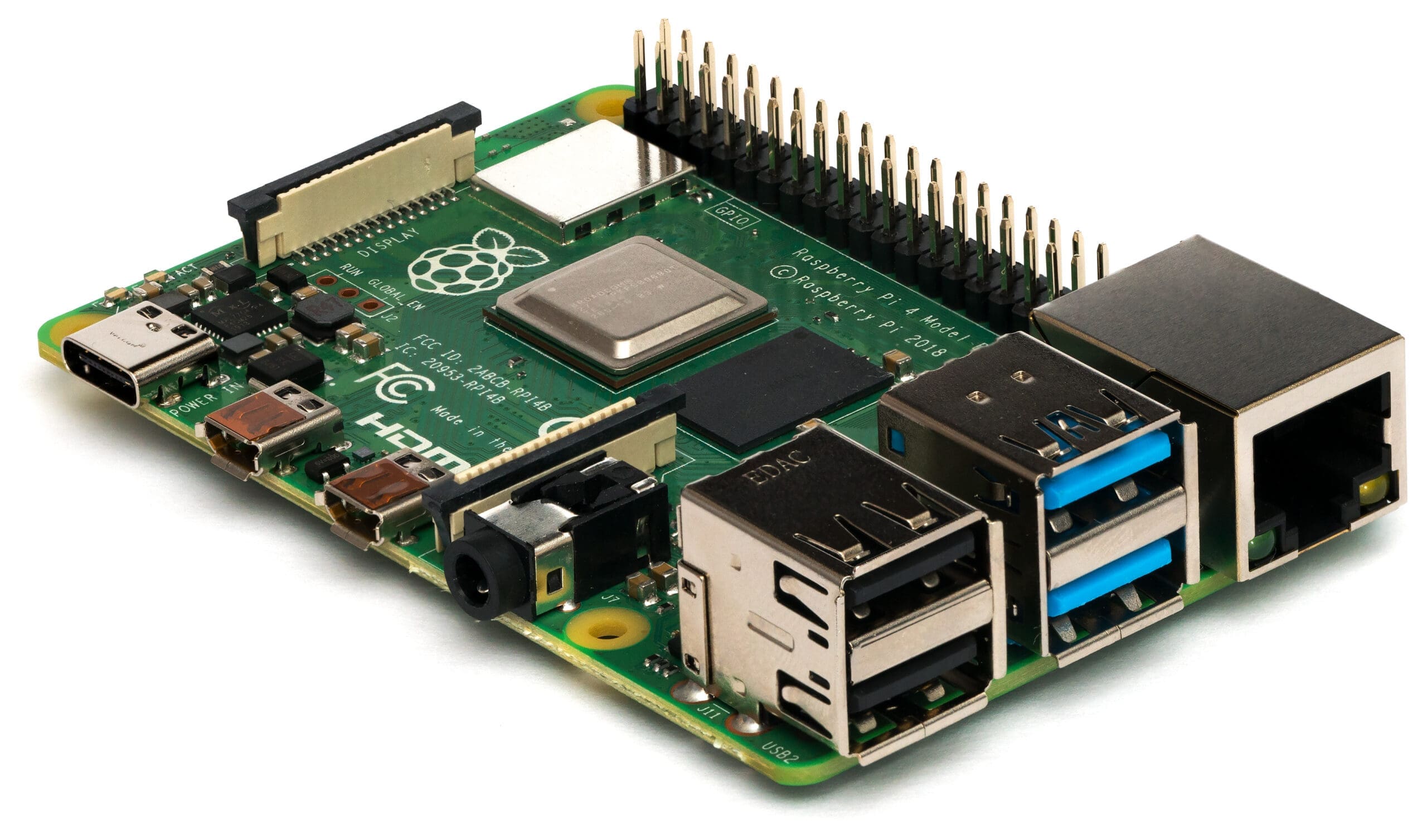In the world of 3D printing, especially within technologies that utilize powder-based materials like Selective Laser Sintering (SLS) or Binder Jetting, the infiltration station plays a crucial role post-printing. This component is designed to treat 3D printed objects with various infiltrants, such as epoxy or cyanoacrylate, to enhance their mechanical properties, surface finish, and durability. This article delves into the significance, functionality, and maintenance of the infiltration station, highlighting its pivotal role in optimizing the performance and quality of 3D printed products.
Importance of the Infiltration Station in 3D Printing
Enhanced Structural Integrity: Infiltration improves the strength and stiffness of 3D printed parts, making them suitable for functional testing and end-use applications.
Improved Surface Quality: Applying infiltrants can significantly enhance the surface smoothness of prints, reducing the porosity and visual imperfections associated with powder-based printing methods.
Increased Durability: Infiltration protects the parts from environmental factors such as moisture and UV light, thereby extending their usable life and reliability.
Material Versatility: The ability to use different types of infiltrants allows for customization of material properties according to specific application needs, ranging from enhanced flexibility to improved thermal resistance.
Components of the Infiltration Station in 3D Printers
Infiltration Chamber: The primary component where the printed parts are placed to receive the infiltrant. This chamber is typically designed to be airtight to allow for controlled application of the infiltrant.
Dispensing System: Includes pumps or sprayers that apply the infiltrant evenly across the surface of the printed objects. Precision in the dispensing system is crucial to ensure that all areas of the part are adequately treated.
Curing System: Many infiltrants require curing under specific conditions of temperature and humidity, managed by this system within the station to ensure optimal hardening and adhesion.
Ventilation System: Necessary to remove any fumes or vapors produced during the infiltration process, maintaining a safe working environment and preventing contamination of the parts.
Control Electronics: These manage the operation of the station, including the timing, amount, and type of infiltrant applied, as well as controlling the environment for curing.
Installation and Calibration of the Infiltration Station
Proper Installation: Ensuring that the infiltration station is correctly assembled and all components are operational is essential for its effective functioning. This includes checking for air leaks in the chamber and ensuring that the dispensing system is accurately calibrated.
Calibration: The amount and rate of infiltrant application need to be calibrated to match the material and geometry of the parts being treated. Regular calibration ensures consistent quality and efficient use of materials.
Testing: Initial tests should be run to determine the optimal settings for various materials and infiltrants, documenting these in process sheets for repeatable quality.
Maintenance and Optimization of the Infiltration Station
Regular Cleaning: Residual infiltrants can build up within the chamber and dispensing systems, potentially clogging sprayers or contaminating future batches. Regular cleaning is essential to maintain system performance.
Infiltrant Monitoring: Keeping track of the type and quantity of infiltrant used, and regularly inspecting for any signs of degradation or contamination, helps maintain the effectiveness of the infiltration process.
Component Inspections: Regular checks for wear and tear, particularly on seals and moving parts of the dispensing system, can help prevent failures and extend the life of the station.
Environment Controls: Maintaining consistent environmental conditions within the infiltration station is crucial, especially for infiltrants that are sensitive to temperature and humidity.
Challenges and Solutions
Material Compatibility: Different 3D printed materials may react differently to certain infiltrants, requiring adjustments in application technique and curing settings. Developing a comprehensive database of material and infiltrant combinations can guide process adjustments.
Curing Uniformity: Ensuring that curing is uniform across all parts, especially in larger batches, can be challenging. Implementing a robust curing system with uniform heat distribution and monitoring can mitigate this issue.
Safety and Handling: Some infiltrants can be hazardous to health or reactive with certain materials. Implementing strict safety protocols, including the use of proper PPE and adequate ventilation, is crucial.
The infiltration station is a vital component in extending the capabilities of powder-based 3D printing technologies, significantly enhancing the physical properties and appearance of printed parts. Effective management and meticulous maintenance of this station are essential for maximizing the benefits of infiltration and ensuring the production of high-quality, durable, and functional 3D printed products. By understanding and optimizing the function and maintenance of the infiltration station, manufacturers and designers can unlock new applications and achieve superior results in their 3D printing projects.








